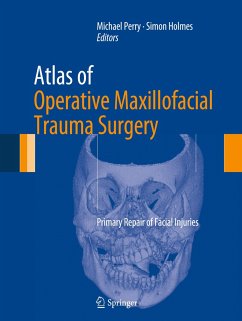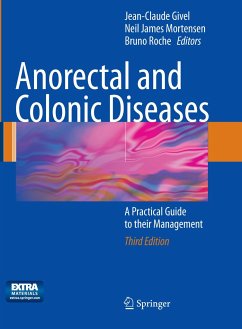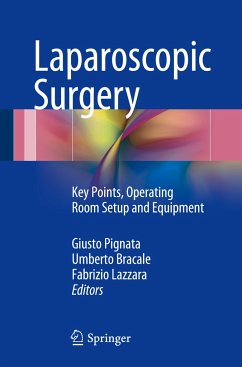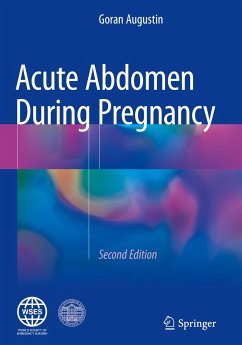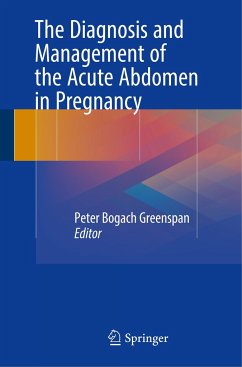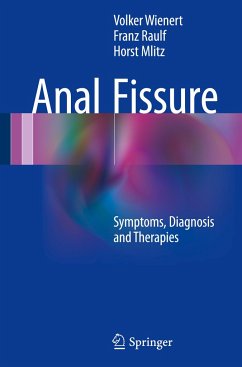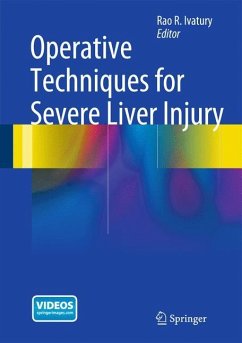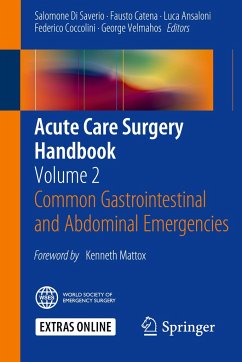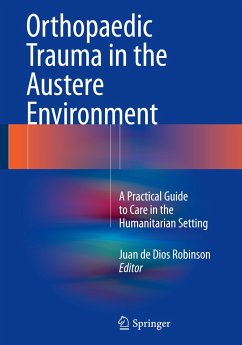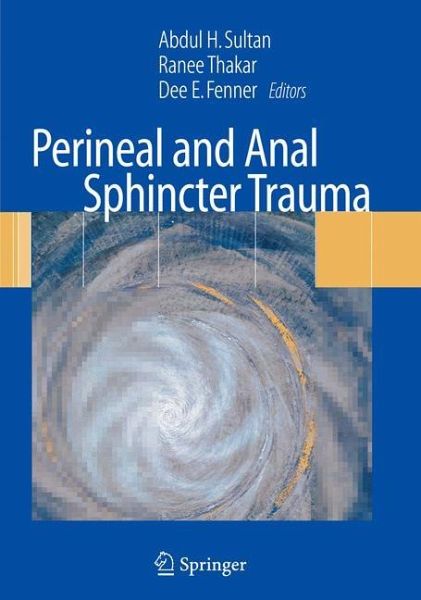
Perineal and Anal Sphincter Trauma
Diagnosis and Clinical Management
Herausgegeben: Sultan, Abdul H; Thakar, Ranee; Fenner, Dee E.
Versandkostenfrei!
Versandfertig in 6-10 Tagen
49,99 €
inkl. MwSt.

PAYBACK Punkte
25 °P sammeln!
One of the rewards of medical teaching is to see the next generation advance the art and science of medicine beyond their forebears. We can be justi? ably proud of this anthology on Perineal and Anal Sphincter Trauma, which owes so much to the endeavours of the editorial team. In addition to their own contributions, they have recruited a body of topic authors of international standing. The result is a book of wide breadth and depth, covering many aspects of disorders of the posterior pelvic compartment, which have hitherto not been found in one volume. The choice of topics is wide, and the des...
One of the rewards of medical teaching is to see the next generation advance the art and science of medicine beyond their forebears. We can be justi? ably proud of this anthology on Perineal and Anal Sphincter Trauma, which owes so much to the endeavours of the editorial team. In addition to their own contributions, they have recruited a body of topic authors of international standing. The result is a book of wide breadth and depth, covering many aspects of disorders of the posterior pelvic compartment, which have hitherto not been found in one volume. The choice of topics is wide, and the description and illustrations are clear and concise. They cover both innovative and current practice, all founded on an evidence basis. The intended readership is multidisciplinary, going beyond all those involved in "front line" obstetric care, to reach physicians, surgeons, radiologists and others, who deal with long term adverse effects of childbirth. This mirrors the professional ba- groundof the authorship. We are con? dent of its broad appeal and wish the book every success.






